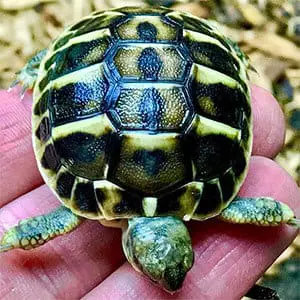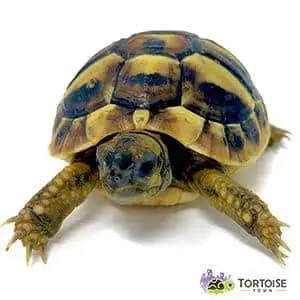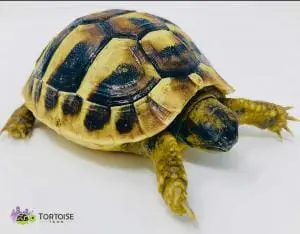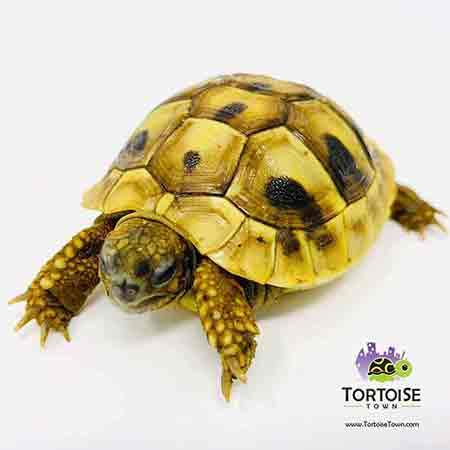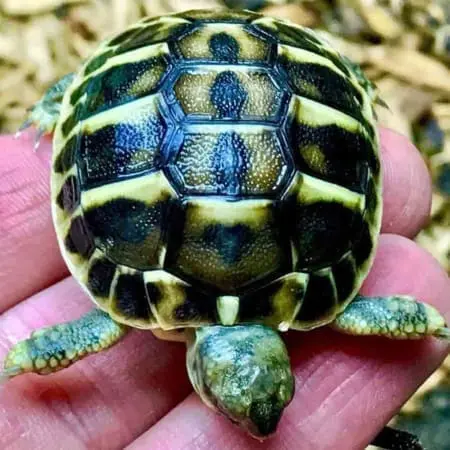Incubating Hermann’s tortoise eggs
A bowl or two of water is maintained inside the incubator at all times to help achieve a desired humidity level of 70%. It’s important that the vermiculite does not stay damp for extended periods because the eggs of Hermann’s tortoises (particularly Testudo hermanni hermanni) are highly susceptible to cracking or splitting caused by moisture.
This is the reason for placing them on dry vermiculite. At the end of the expected period, the eggs are lightly misted to replicate fall rains which hatching is usually timed with in nature. At between 53 and 70 days the tiny neonates begin to pip and emerge from their eggs. They are left in the containers inside the incubator until they straighten out and absorb the remnants of the yolk sac. Then they are soaked and placed in the hatchling rearing units.
Hermann’s tortoises are temperature sex-dependent in that the sex of the neonates can be manipulated by forcing the incubation temperature in a certain direction. The higher the temperature will result in females and the lower in males. It’s worth mentioning some specifics regarding incubation temperatures pertaining to the particular subspecies of Hermann’s tortoise you’re working with.
Higher temperatures ensure female Hermann’s tortoise babies for sale
For the most part, the eggs of Testudo hermanni hermanni can be subjected to higher temperatures in order to really produce females. While some reports state that they can go as high as 92.5F to ensure female production, I feel it is not necessary to surpass 90-91F. To be safe, keeping the eggs between 89.6 and 90F seems to result in normally formed babies that are in fact female. Any higher and anomalies (extra or split scutes and other deformities) are inevitable along with possible embryonic failure. For this subspecies, a highly reliable and precise incubator should be used in order to really monitor temperature fluctuation.
Keep the temperature of Hermann’s tortoise eggs constant and consistent
Fully formed babies can die within the egg if the temperature climbs just a little too much when they are already at a relatively high degree. If you are not concerned with the end result being all or mostly female, then a safe degree would be the 86-88F range. Incubation methods and temperature can even vary from locale to locale. For example, in our care, the eggs belonging to T. h. hermanni from Majorca (Mallorca) are sensitive to both heat and dampness more than other western Hermann’s tortoise strains. They must be kept very dry with little or no misting at all, even right before hatching or the eggs will surely crack and the neonates may drown.
Pushing the temperature any higher than 89.6F will surely result in anomalies with embryonic failure being commonplace at any stage of the incubation period. These requirements for the eggs of tortoises from this Balearic island may be attributed to the consistency they are subjected to in nature.
Dry, mild temperatures make up the climate on Mallorca with August being the hottest month. Even so, “hot” does not mean 90s or 100s on this island. Mid to high 80s is more typical. These are merely assumptions based on the Mallorcan tortoises bred here as we searched to find a reason behind the lack of success in hatching eggs that were kept at the same temperatures as other Testudo hermanni hermanni. Once temperatures were lowered and the eggs were kept completely dry, hatching success began. Of course, relative humidity of 70% was still maintained via water bowls near the incubating eggs.
Incubation Temperature for Hermann’s tortoise eggs
For Testudo hermanni boettgeri, temperatures any lower than 87F seem to result in all male. In contrast, any higher than 89.6F will reveal hatchlings that exhibit severely split scutes of the carapace. Lastly, For the Dalmatian tortoise, females can be produced at as low as 87.5F. It seem as if embryonic failure rapidly takes place when temperature surpasses 88F in some cases.
These ranges are based solely on Hermann’s tortoise breeding and incubation taking place at my facility. Similarly, there are reports from other keepers alike. They do not represent the entire world’s view on the subject and success varies from situation to situation based on a variety of factors and/or methods.
Other species of tortoise for sale offered here include giant tortoises like the Aldabra tortoise, Sulcata tortoise for sale, Burmese mountain tortoise and more. Medium size species include the leopard tortoise for sale, red-footed tortoise, yellow foot tortoise, mountain tortoise, Burmese star tortoise. Also, the giant leopard tortoise. Small tortoise for sale includes Hermann’s tortoise, Greek Tortoise,

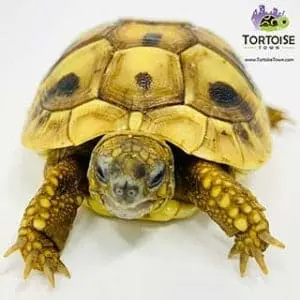
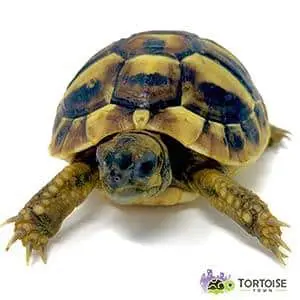
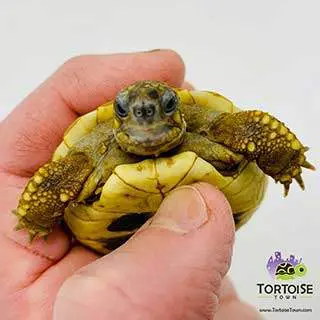
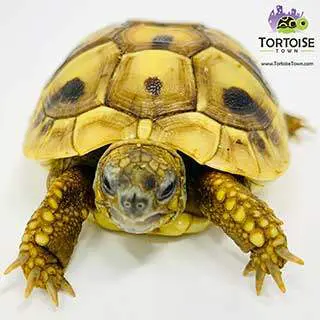
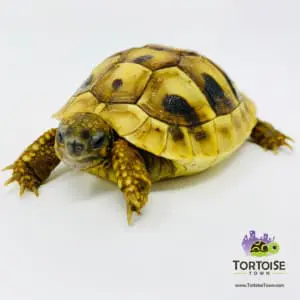 ]
]